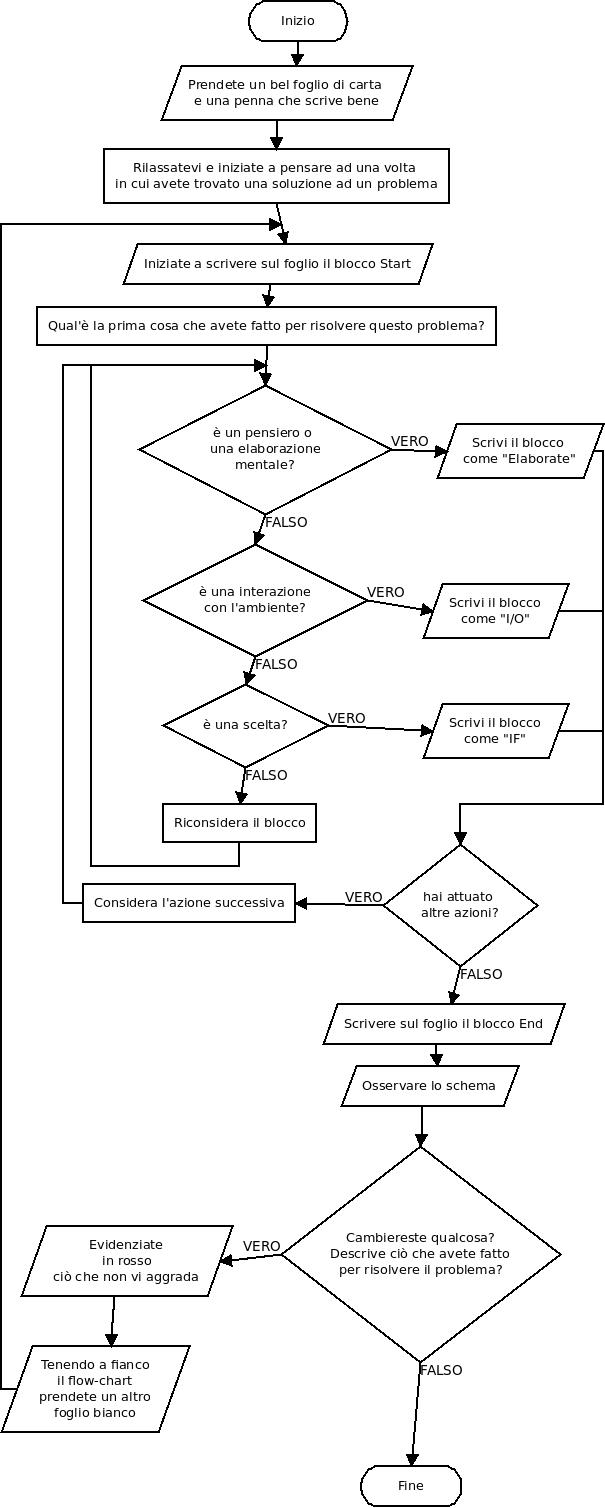archetype The word was used in many fields, and is often abused by that branch of new age that is sensitive but not perceptible entities such as angels, ghosts, etc.. everything that is subject to our perception, but that is not detectable by our senses.
In fact, the word archetype has a precise meaning to get there but we try to put together the different perspectives and see if it may have something to do with meditation or a practice.
Let's etymology of the word archetype
- Arche means Original
- Type can mean image, model, brand, model, etc..
said that we see in the field of philosophy: a philosophy
In arhcetipo is a form first, primitive, original thought, and its form of its content, in practice, as first thought (or indivisible) it is a template if it is not derivable in whole or in part by other thoughts ... pure theoretical ... but it might be useful ...
In the field of communication sciences:
In literature and general media (newspapers, TV, internet, etc.). An archetype is a For example, type of character, such as the hero, the antihero, the bad, and so on.
In sociology
An archetype is a behavior that is classified in one or more categories, such as the rebel, the student model, the genius, the stupid, the diplomat, the shy, etc..
Let us see more precisely in psychology and psychoanalysis:
Carl G. Jung and the group of psychoanalysts who followed him, enters into the human psyche and having to define the innate ideas called them archetypes. The most interesting
connotation of an archetype of Jung and his group, is the fact of their connotation emotional.
In practice, a pattern is an idea with emotional connotations, probably in part derived from emotional events that also acquire symbolic connotation, except that it has a conscious part and an unconscious.
said let's sum up: What is an archetype?
An archetype is an idea that has tangible form in the mind (symbolic) with significant emotional content, which is connected to a certain type of behavior, and may be recognized by a group of people and is characterized by a name (nominalization)
An archetype
thus:
- Name
- Emotions can be represented according to the five senses (Visual, Auditory, olfactory, gustatory, kinaesthetic)
- component has a conscious and unconscious behavior associated
- A socio-anthropological recognition (recognized by a more or less limited number of persons)
Well ... centrate at this point what the archetypes with meditation?
We have seen that the subjects of meditation can also be cognitive ( maps post), meditation also allows you to go deeper, even bringing out emotions or feelings that were previously unconscious ( post breath) as well as meditate on sensitive can be used to expand its capacity ( view post )
In practice, the meditation is based on the archetypal aspects of helping us to understand and improve, thus improving our ability to interpret, as well as if the others.
We now come to years (as usual, I invite you first to read the instructions written on the side of the post):
Exercise 1: Meditations on archetypal childhood
Many archetypes are created in childhood, by parents, comics, TV, and the people around us at that time.
Imagine for example the cartoon you liked best, what was the character that you like?
What do you like him / her? Why?
What was his behavior?
What's he / she into you?
What emotions still feel towards this character? What exists today
affinity between your behavior and your own?
Why do you need that character? What has taught you? Need more? He still has something to teach? and you what?
difficult question: what 'is the reference behavior, which was ideal and emotional? and now?
Exercise 2: Meditation on the own destiny
The fate what if not an archetype?
How do you see yourself in 5 years, 10 years? in 20 or 30 years? What
Sarano things constant and variable you and your character?
How will you feel at the time of your life? Why? What event?
difficult question: what are the recurrent archetypal symbols and so emotional in your life and who will be attending in the future? And what determines these symbols in your relationship with the environment?Remember that the relationship with the environment determines the response of the environment itself ....
Exercise 3: doodles in freedom ....
When we bored and we have a piece of paper and a pen in front of seemingly meaningless doodles do often but it is our non-conscious is clear that ...
We try to do this exercise:
Take a sheet of paper and a pen, close your eyes, breathe deeply and begin to do little drawings that are supporting the pen, but we must strive not only to leave that the pen makes marks on paper.
When we are fed up with the pen marks support.
Now look what we did ....
What we elicit emotions? What ideas or thoughts come to mind? What is the feeling that you raise?
Write your answers on a sheet, the next day do the same analysis and compared the answers of the day before, what are the differences, what similarities?
Well with the archetypes end up here even though there would be written 200 books on the subject ... but I would not get bored.
I hope you enjoyed this post as the previous ones.
Greetings!









